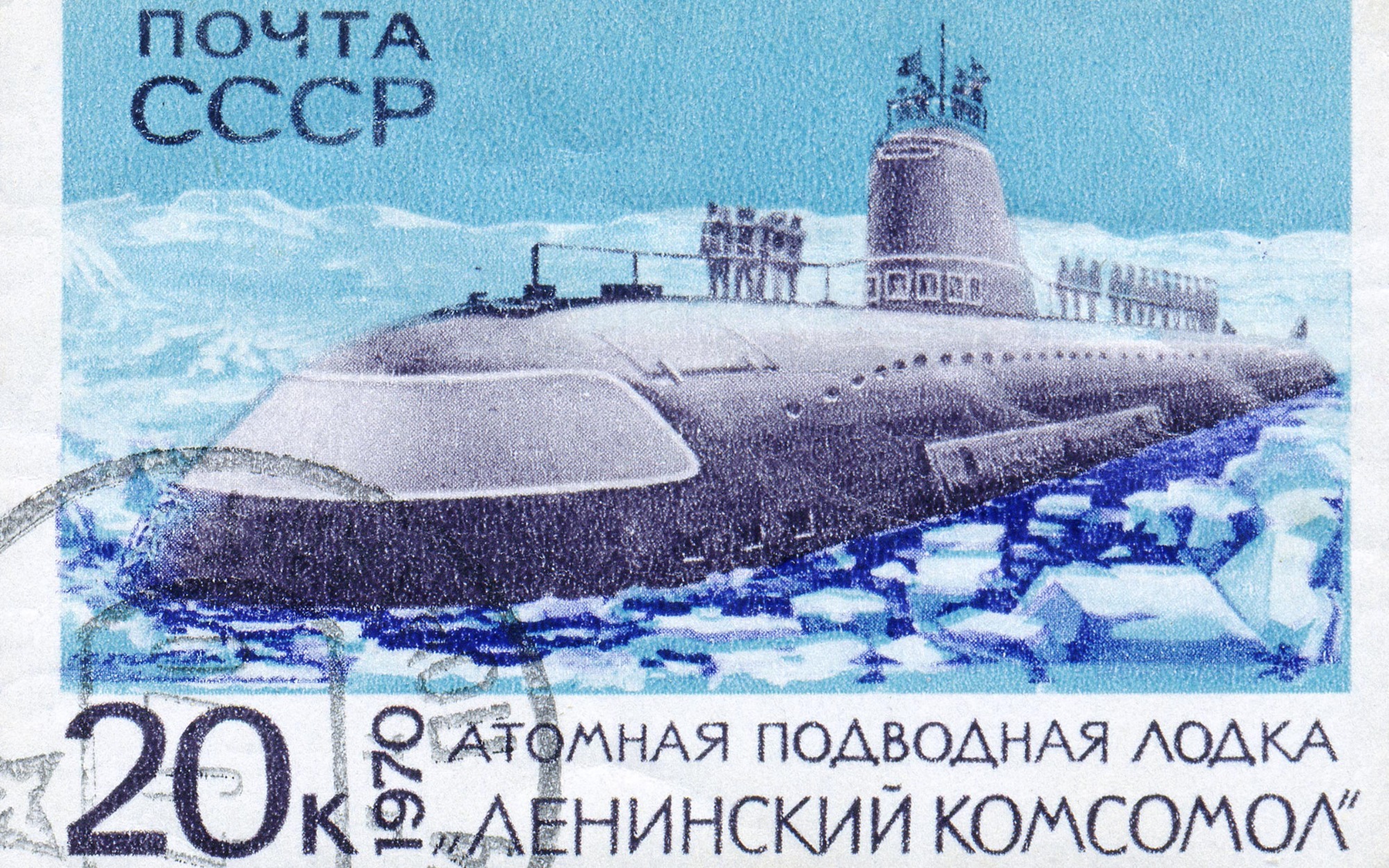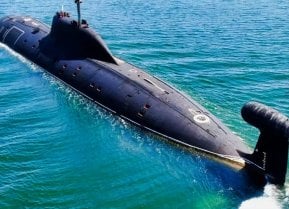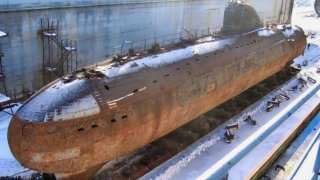Russia's November-Class Submarine Was Something the Navy Could Never Match
Although Russia's November-class submarines were armed to the teeth, they were extremely noisy, easily detectable, and not exactly state of the art compared to the U.S. Navy.
The November-Class was noisy and had little radiation shielding for the crew - those are things the U.S. Navy would never want to emulate: During the height of the Cold War, the Soviet Union introduced its first nuclear-powered submarine. The K-3, the first of the North Atlantic Treaty Organization (NATO) designated November-class, was developed as part of an effort to counter the U.S. Navy’s USS Nautilus (SSN-571).
Referred to be the Soviets as “The Whale,” the November class SSNs measured a hefty 350+ feet long. These memorable submarines remained in service through 1990.
Today, the only remaining vessel of the class is the K-2, which is being preserved as a memorial ship in Saint Petersburg.
November-Class: The history of the USSR’s first nuclear-powered SSN
As the arms race between the Soviets and Americans was heating up in the 1950’s, USSR officials required engineers to construct an attack submarine capable of firing nuclear-tipped torpedoes.
More than 135 Soviet organizations contributed to the design and production of these submarines, including 35 research institutes, 20 design bureaus and 80 works. The K-3 was the first of the class to be introduced in the late 1950’s, followed by K-5, K-8, K-11, K-14, K-21, K-42 Rostovskiy Komsomolets, K-50, K-52, K-115, K-133, K-159 and K-181.
Thirteen of the fourteen November-class ships sailed with dual VM-A water-cooled nuclear reactors. The final submarine of the class, K-27, was powered by two VT-1 liquid metal-cooled reactors.
Initially, Soviet officials wanted the November-class ships to be able to enter American naval bases and destroy their warships using the battery-powered T-15 torpedo with thermonuclear warhead.
However, this mission shifted and the class’ role centered on targeting enemy warships and transport ships along the ocean and in distant sea routes.
The Novembers would use its powerful MG-200 sonar system to detect enemy ships, and once in range they would strike with 533mm SET-65 or 53-65k torpedoes, which could hold up to 300kg of explosives each.
The fate of the November-Class submarines:
Although the November-class submarines were armed to the teeth, they were extremely noisy and easily detectable.
Unlike their American counterparts, the November ships could not be used for submarine hunting operations due to their subpar acoustic signature. In addition to this detriment, these submarines also lacked proper radiation shielding.
Crew members would be prone to getting ill due to this safety hazard. A series of unfortunate events also plagued the November ships. In 1960, radioactive elements contaminated the K-8 submarine due to a ruptured steam turbine.

A few years later, its K-14 sister ship would suffer the same fate in the Arctic. In 1967, three dozen sailors were killed aboard the K-3 when a fire broke out somewhere in the Norwegian Sea.
Ultimately, the K-3 submarine was taken out of service in 1988 and moved to the Nerpa Shipyard in 2005. A few years later, the work on cutting out the reactor compartment began. Since this compartment was removed, the submarine preserved today is a bit shorter than the K-3 that sailed the seas during the Cold War.

About the Author: Maya Carlin
Maya Carlin, National Security Writer with The National Interest, is an analyst with the Center for Security Policy and a former Anna Sobol Levy Fellow at IDC Herzliya in Israel. She has by-lines in many publications, including The National Interest, Jerusalem Post, and Times of Israel. You can follow her on Twitter: @MayaCarlin.
All images are Creative Commons.


